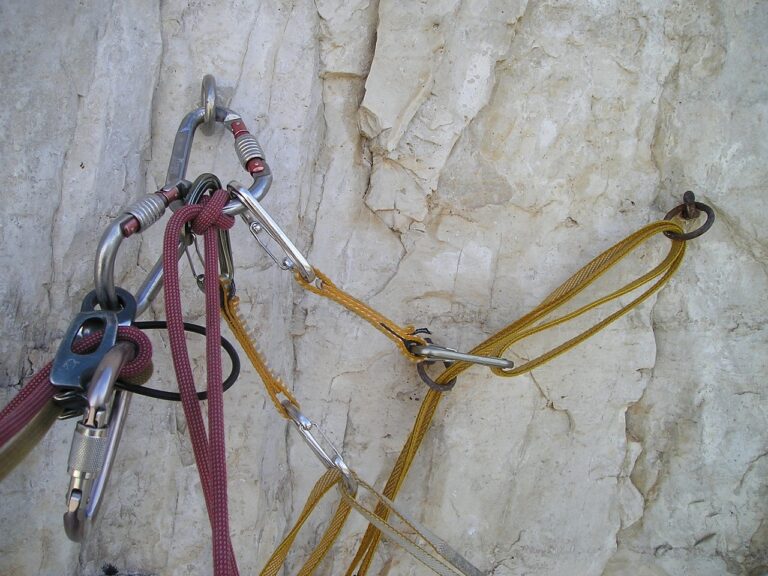How to Create an Inclusive Cricket Environment: 99exch, Reddy Anna Book, Allpanel
99exch, Reddy Anna Book, All Panel.com, Allpanel: Diversity in a team brings together individuals with various backgrounds, perspectives, and skill sets. This melting pot of diversity can lead to enhanced creativity, innovation, and problem-solving capabilities within the team. By embracing differences in ethnicity, gender, age, and cultural experiences, a diverse team can tackle challenges from a range of angles, fostering a more dynamic and inclusive work environment.
Furthermore, a diverse team reflects the diverse customer base that companies often serve. Having a team that mirrors the diversity of the target market can bring about insights and ideas that resonate more effectively with customers. Embracing diversity in the team can also lead to increased employee engagement and retention, as individuals feel valued and respected for their unique contributions and perspectives.
Setting Clear Expectations
One crucial aspect of effective leadership involves effectively communicating expectations to team members. When expectations are unclear or constantly changing, it can lead to confusion and a lack of clarity in the team’s objectives. By clearly outlining what is expected of each team member, leaders can provide a roadmap for success and reduce the likelihood of misunderstandings or miscommunications.
Setting clear expectations also helps team members understand the impact of their individual contributions to the overall goals of the team. When everyone knows what is expected of them and how their work fits into the bigger picture, it can increase motivation and engagement. Additionally, clear expectations can help team members hold themselves and each other accountable for meeting deadlines and achieving goals, fostering a culture of responsibility and excellence within the team.
Fostering a Culture of Respect
In the workplace, fostering a culture of respect is essential for creating a positive and productive environment. When individuals feel valued and respected, they are more likely to be engaged and motivated in their work. Respect should be shown towards all team members, regardless of their position or background, as every individual brings unique perspectives and contributions to the table.
To foster a culture of respect, it is important for leaders to lead by example. This means demonstrating respect in all interactions, actively listening to others, and treating everyone with dignity and kindness. By creating a culture where respect is at the core of all relationships, teams are able to collaborate more effectively, communicate openly, and work towards common goals with a shared sense of trust and understanding.






